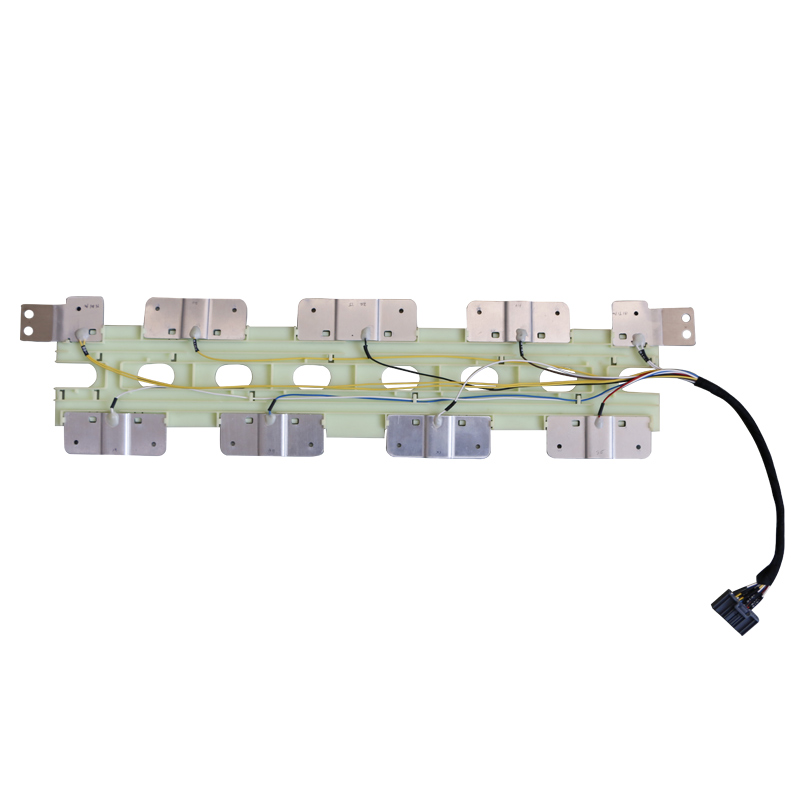Description

Isolation plate
An isolation plate is a crucial component in energy storage systems. It is responsible for separating the positive and negative terminals of the battery pack, ensuring that there is no electrical contact between them. This helps prevent short circuits, which can damage the battery pack and even cause fires.
The isolation plate is typically made of a non-conductive material such as plastic or rubber. It is placed between the battery cells and the metal casing of the battery pack. The plate has holes that allow for the passage of electrical wires from the cells to the outside of the pack.
In addition to preventing short circuits, the isolation plate also helps with thermal management. It ensures that heat generated by the battery cells does not transfer to the metal casing, which can cause the pack to overheat. Instead, the heat is dissipated through the plate and into the surrounding air.
Overall, the isolation plate is an essential component in energy storage systems. It helps ensure the safety and longevity of the battery pack, and should be carefully designed and manufactured to meet the specific requirements of each application.






